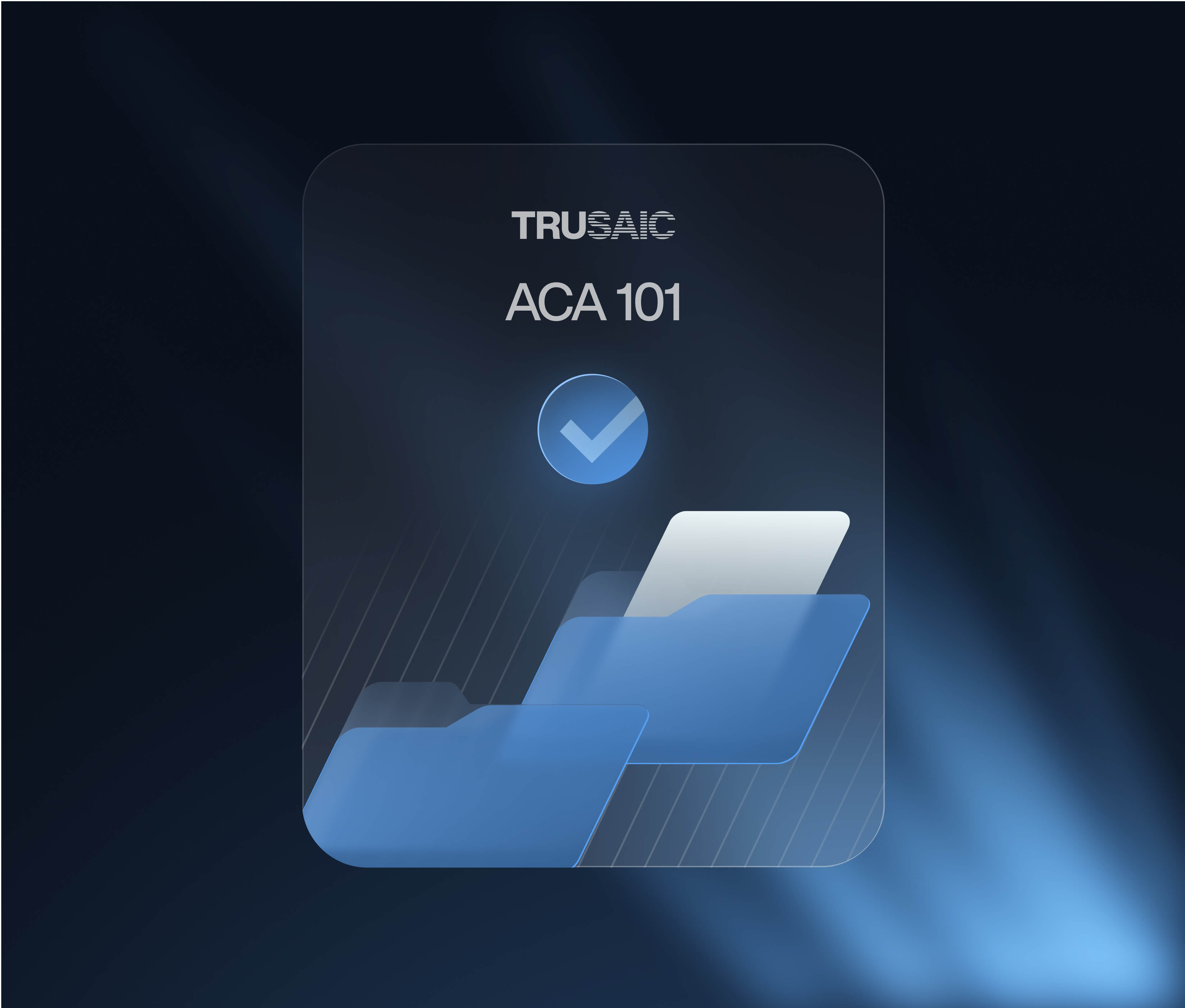The history of regulations related to pay equity is nothing new. Equal pay regulations can be traced back to 1938, when the Fair Labor Standards Act (FLSA) was enacted. In 1945 Congress introduced the Women’s Equal Pay Act and, in 1963, the Equal Pay Act. There have been updates to these laws and new laws introduced along the way.
More recently, states and local municipalities began tackling the issue head-on through new legislation to push employers to provide equal pay for all workers. 42 states and many more local governments have passed or proposed new legislation focused on pay equity and transparency.
States and Municipalities Focused on Pay Disparities
As of March 2023:
- Pay range disclosure when jobs are posted is required in California, Colorado, New York, and Washington, in addition to the municipalities of Albany County, New York, Ithaca, New York, Jersey City, New Jersey, New York City, and Westchester County, New York.
- Other states require disclosure during the hiring process, including Connecticut, Nevada, and Rhode Island. Upon the applicant’s request Maryland, Cincinnati, Ohio, and Toledo, Ohio, also require disclosure.
- A number of countries have also implemented requirements for pay equity, including Australia, Japan, Canada, Brazil, France, Ireland, Israel, Italy, and the EU.
The landscape of legislation related to pay equal pay regulations is constantly changing. Employers need to keep up-to-date on these changes to ensure compliance in any markets where they hire employees. These changing regulations will have a substantial impact on pay equity and transparency in organizations across the world. Organizations who comply with and embrace changing regulations are better suited to attract top talent, save money, and avoid fines. Here we take a look at some of the most recent developments in pay equity and pay transparency legislation.
Maine Pay Transparency
Laws related to equal pay have been in place in Maine since 1965. The state continues to address wage inequality through new amendments in an effort to “promote the payment of equal compensation for comparable work on jobs that have comparable requirements relating to skill, effort and responsibility and to prevent unlawful employment discrimination with respect to compensation.”
In March 2023, Maine Bill HP583 was introduced, requiring employers with ten or more employees to post salary ranges in job postings. Those with fewer than ten employees aren’t off the hook-they’re required to provide this information on request.
New York Pay Transparency
New York’s governor, Kathy Hochul signed a number of amendments to New York’s Pay Transparency Law on March 3. The law itself will go into effect on September 17, 2023, requiring impacted employers to include the compensation or range of compensation and job description (if there is one) for any advertisements for both internal and external job openings.
New York City has proposed an amendment that would require employers to disclose both salary and non-salary or non-wage compensation for not only advertised jobs but also advertised promotions and transfer opportunities, whether announced internally or externally.
Texas Pay Transparency
While Texas has not yet passed a pay transparency law, the Texas Lawyer says that “employers located in Texas may still be subject to other jurisdictions’ pay transparency laws due to remote employees working in a jurisdiction with a pay transparency law or because the employer advertises positions in a jurisdiction with a pay transparency law.”
Texas Bill HB723 is scheduled to take effect on September 1, 2023, and will make it illegal to discriminate against applicants based on their requests for salary information or against those who refuse to provide salary history. Even in states and jurisdictions without pay equity or pay transparency laws, employers are increasingly including salary ranges in their job posts, according to Money, which reports that about half of the job posts on Indeed include salary ranges.
Taking the Steps Toward Pay Equity and Transparency
Changes in pay equity and pay transparency legislation are occurring all the time. Staying updated with relevant legislation is crucial in today’s dynamic environment. Trusaic’s pay equity heat map is an excellent resource for monitoring changes happening around the world. Additionally, here are some steps your organization can take to promote pay equity and pay transparency:
- Conduct a pay equity audit: Analyzing your current compensation practices through a pay equity audit and compensation analysis is the first step in identifying pay disparities. With tools like Trusaic’s PayParity, you can gain insights into unexplained pay gaps and their root causes and implement strategies to achieve pay equity.
- Establish fair salary ranges: Utilize tools like Trusaic’s Salary Range Finder®, which combines internal pay equity audit data with LightcastTM external market data, to create equitable salary ranges for each job position, preventing pay inequity from occurring.
- Utilize technology solutions: Tools like Trusaic’s PayParity offer an automated, comprehensive analysis of your workforce’s pay data, as well as help evaluate your overall workforce equity. These solutions can help ensure your organization remains compliant with pay equity and transparency legislation.
By taking these steps, your organization can not only promote pay equity and transparency but also build a more equitable workforce, foster employee trust, and maintain compliance with changing legislation. To learn more about the role of software in complying with pay equity and transparency laws, download our guide below.








